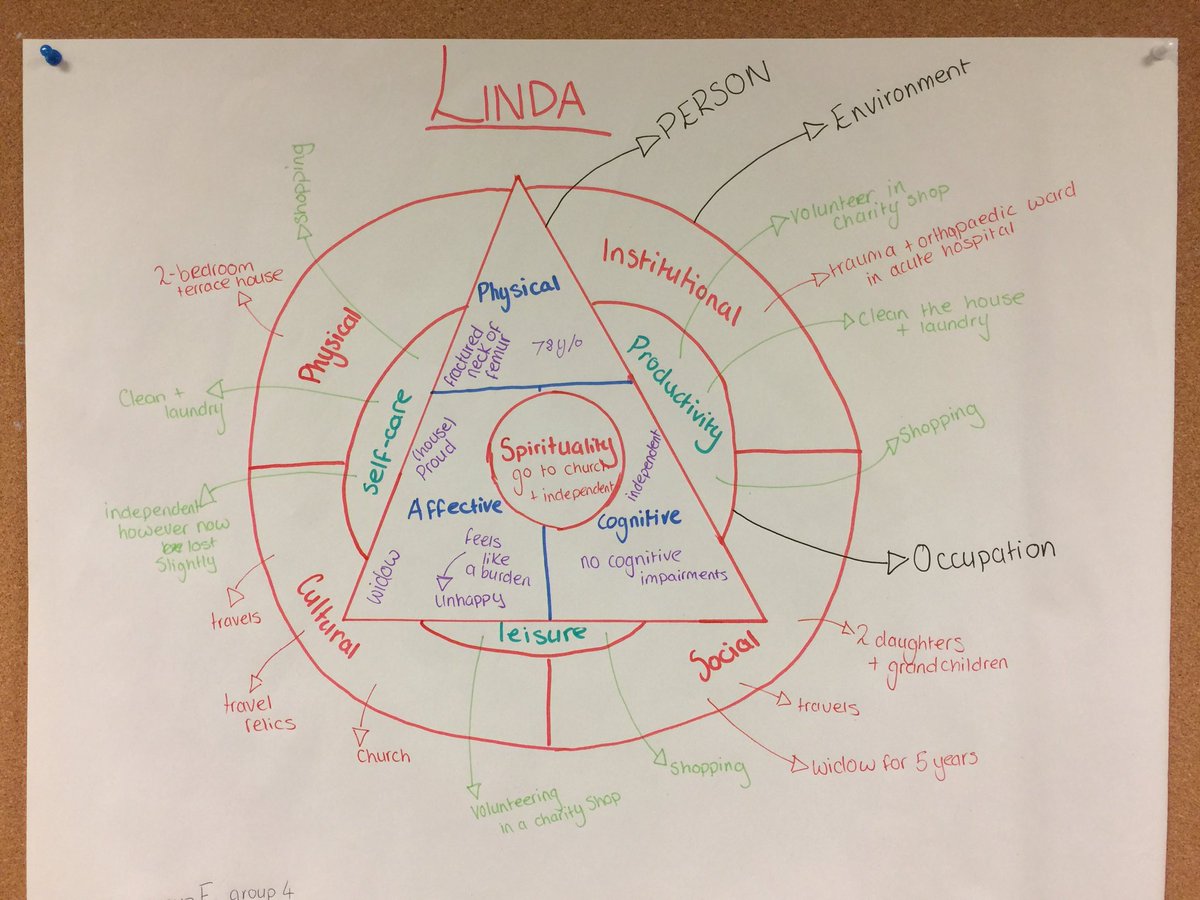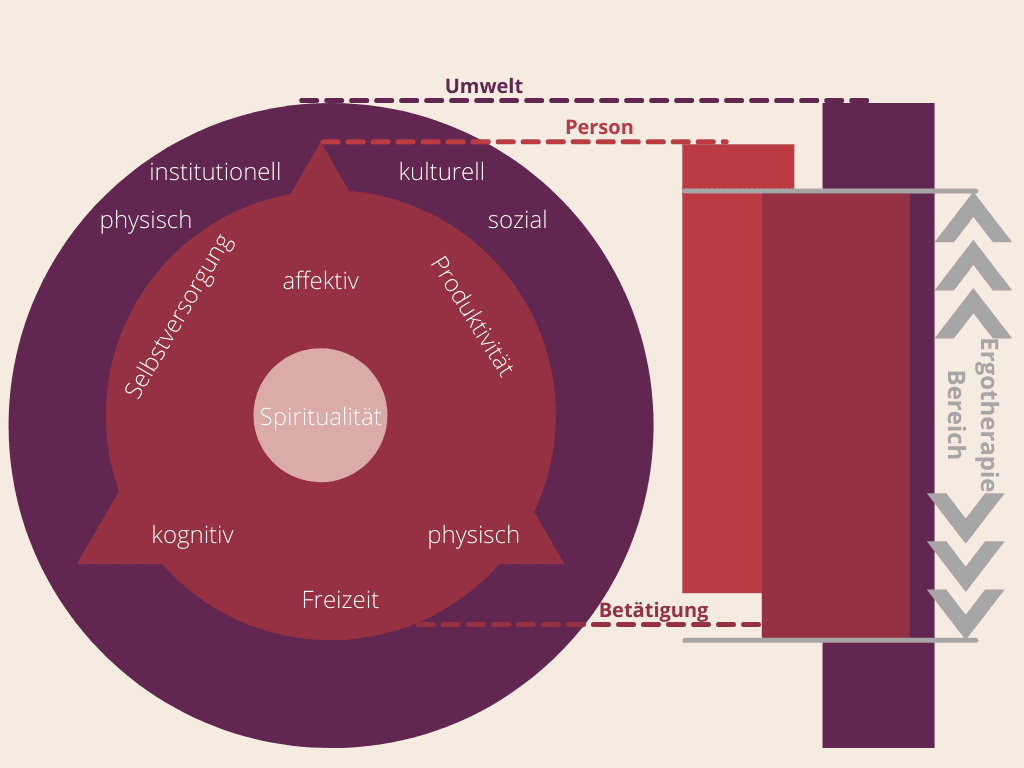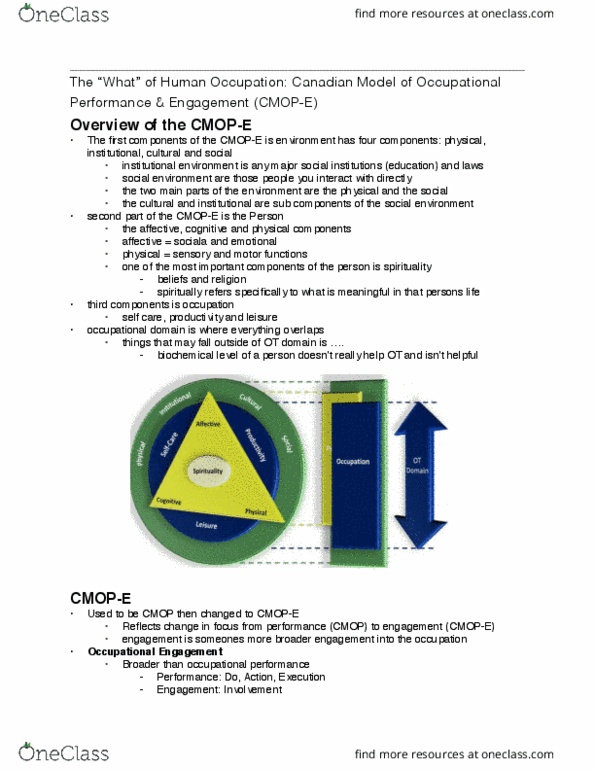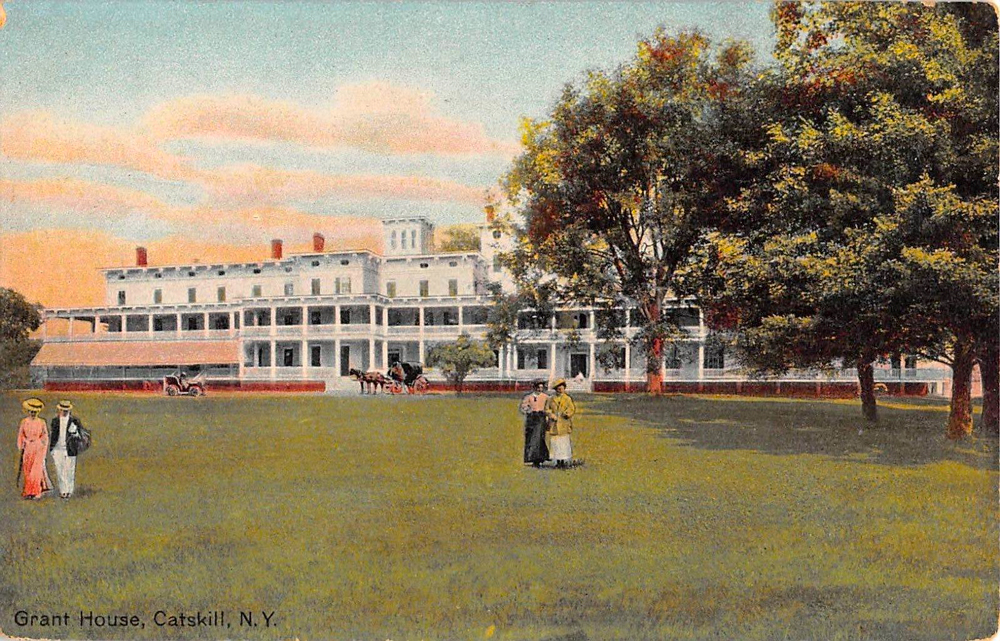PDF] Using the Canadian Model of Occupational Performance in occupational therapy practice: A case study enquiry
Por um escritor misterioso
Last updated 10 novembro 2024
![PDF] Using the Canadian Model of Occupational Performance in occupational therapy practice: A case study enquiry](https://d3i71xaburhd42.cloudfront.net/ffa917c2d83eda4644bf22601e29acd5ed512792/64-Figure3.2-1.png)
This study identified that use of a single model; the CMOP actively encouraged practice development in this county and was a dynamic and multifaceted social process. In 2004 Occupational therapists working in one county, across a range of health and social care settings, adopted the Canadian Model of Occupational Performance (CMOP) (Townsend et al. 1997, 2002). Implementation of this theoretical model was through action research (Boniface et al.2008). Introduction: The focus of this thesis was to build upon this earlier research and explore the clinical practice of occupational therapists in more depth. The study sought to understand potential issues of using a single model and explore how momentum and use of the CMOP was sustained in a constantly changing and evolving health and social care system. The overarching research question was: “How does the Canadian Model of Occupational Performance (CMOP) influence occupational therapy practice?” Method: Case study methodology based on Yin (2009) was used. Three sources of data were examined; namely minutes from steering group meetings that oversaw the implementation of the model, artefacts created by the steering group, for example, training packages and manuals and interview participants. Each unit was examined separately using thematic analysis and then themes and patterns across the dataset were identified to understand inter-relationships and contextual factors which influence use of the model in practice. Results: Four converged themes were identified which directly related to the research questions and propositions, ‘This is what we do it here’, ‘Can we talk?’, ‘Setting out my stall’ and ‘Documentation is a battleground’. Examination of the data revealed that use of the CMOP was a complex multifaceted social process where ongoing socialisation was required to create and maintain a shared identity. The inter-relationship between the steering group, artefacts and individual practitioners was evident and testimony that use of a model was a dynamic process which required commitment and leadership. Professional growth, in particular within generic teams, required occupational therapists to articulate their worth and adapt. The CMOP was an integral part of the creation of a professional identity for occupational therapists in this study. Understanding relationships with external stakeholders were equally relevant when exploring the social world of occupational therapy practice. This study identified that use of a single model; the CMOP actively encouraged practice development in this county and was a dynamic and multifaceted social process. The findings contribute theory building in occupational therapy practice.
![PDF] Using the Canadian Model of Occupational Performance in occupational therapy practice: A case study enquiry](https://www.tandfonline.com/cms/asset/d3ec6555-c75b-4b64-99ce-be66c6ec9456/iohc_a_1010130_f0001_b.gif)
Full article: Comparing and Using Occupation-Focused Models
![PDF] Using the Canadian Model of Occupational Performance in occupational therapy practice: A case study enquiry](https://imgv2-1-f.scribdassets.com/img/document/532670547/original/ca92b17f42/1701038091?v=1)
CO OP AOTA - July - 2020, PDF, Occupational Therapy
![PDF] Using the Canadian Model of Occupational Performance in occupational therapy practice: A case study enquiry](https://0.academia-photos.com/attachment_thumbnails/36405148/mini_magick20180816-10324-1j6dfsm.png?1534462023)
PPT) The Canadian Model of Occupational Performance and Engagement
![PDF] Using the Canadian Model of Occupational Performance in occupational therapy practice: A case study enquiry](https://i1.rgstatic.net/publication/263738824_Factors_influencing_model_use_in_occupational_therapy/links/64305ca020f25554da17b2e9/largepreview.png)
PDF) Factors influencing model use in occupational therapy
![PDF] Using the Canadian Model of Occupational Performance in occupational therapy practice: A case study enquiry](https://i1.rgstatic.net/publication/301686610_Embracing_an_occupational_perspective_Occupation-based_interventions_in_hand_therapy_practice/links/574ad87608ae2e0dd3019321/largepreview.png)
PDF) Embracing an occupational perspective: Occupation-based
![PDF] Using the Canadian Model of Occupational Performance in occupational therapy practice: A case study enquiry](https://imgv2-1-f.scribdassets.com/img/document/495833108/298x396/ae0be6a758/1623784095?v=1)
G. KIELHOFNER (2016), Research in Occupationnal Therapy, Methods
![PDF] Using the Canadian Model of Occupational Performance in occupational therapy practice: A case study enquiry](https://image.slidesharecdn.com/canadianmodelofoccupationalperformanceandengagement-170114164221/85/canadian-model-of-occupational-performance-and-engagement-4-320.jpg?cb=1666223221)
Canadian model of occupational performance and engagement
![PDF] Using the Canadian Model of Occupational Performance in occupational therapy practice: A case study enquiry](https://onlinelibrary.wiley.com/cms/asset/fd1720cd-36b7-4a01-92f7-d36bdd24a94d/aot.v70.5.cover.jpg?trick=1697234376415)
Client‐centred aspects of clinical reasoning during an initial
![PDF] Using the Canadian Model of Occupational Performance in occupational therapy practice: A case study enquiry](https://journals.sagepub.com/na101/home/literatum/publisher/sage/journals/content/cjoc/2023/cjoc_90_3/cjoc_90_3/20230811-01/cjoc_90_3.largecover.png)
The Person-Environment-Occupation Model: A Transactive Approach to
![PDF] Using the Canadian Model of Occupational Performance in occupational therapy practice: A case study enquiry](https://pub.mdpi-res.com/societies/societies-13-00096/article_deploy/html/images/societies-13-00096-g001.png?1680599875)
Societies, Free Full-Text
![PDF] Using the Canadian Model of Occupational Performance in occupational therapy practice: A case study enquiry](https://www.tandfonline.com/cms/asset/99e2d86f-6e9e-41f3-9eae-75a848d17c9f/iocc_a_2039758_f0002_c.jpg)
Full article: Case study research: Building the occupational
![PDF] Using the Canadian Model of Occupational Performance in occupational therapy practice: A case study enquiry](https://onlinelibrary.wiley.com/cms/asset/e614436e-6ebd-4beb-b469-1dc02460b55c/aot12777-fig-0002-m.jpg)
Work transitions after serious hand injury: Current occupational
![PDF] Using the Canadian Model of Occupational Performance in occupational therapy practice: A case study enquiry](https://journals.sagepub.com/cms/10.1177/0308022619865223/asset/images/large/10.1177_0308022619865223-fig2.jpeg)
Combatting occupational deprivation and advancing occupational
Recomendado para você
-
ACU North Sydney Occupational Therapy Society - NSOTS - CMOP-E10 novembro 2024
-
 Joanne Porter on X: @CovUniOT #131OT - putting the CMOP-E model10 novembro 2024
Joanne Porter on X: @CovUniOT #131OT - putting the CMOP-E model10 novembro 2024 -
 Anwendung des CMOP-E in der ergotherapeutischen Praxis10 novembro 2024
Anwendung des CMOP-E in der ergotherapeutischen Praxis10 novembro 2024 -
 Occupational Therapy Theory and School-Based Filial Therapy10 novembro 2024
Occupational Therapy Theory and School-Based Filial Therapy10 novembro 2024 -
 Rehabilitation Sciences 3125A/B Lecture Notes - Fall 2016, Lecture10 novembro 2024
Rehabilitation Sciences 3125A/B Lecture Notes - Fall 2016, Lecture10 novembro 2024 -
Digital VA on X: #VA's Consolidated Mail Outpatient Pharmacy10 novembro 2024
-
 File:CMOP.png - Wikipedia10 novembro 2024
File:CMOP.png - Wikipedia10 novembro 2024 -
 PPT - CMOP =Canadian Model of Occupational Performance CLIENT10 novembro 2024
PPT - CMOP =Canadian Model of Occupational Performance CLIENT10 novembro 2024 -
 1063460137 NPI Number, CHARLESTON VA CMOP10 novembro 2024
1063460137 NPI Number, CHARLESTON VA CMOP10 novembro 2024 -
 1902-teaser-CMOP-EducatorsDay - Raising Arizona Kids Magazine10 novembro 2024
1902-teaser-CMOP-EducatorsDay - Raising Arizona Kids Magazine10 novembro 2024
você pode gostar
-
 Onde assistir aos jogos de hoje (22/11/2023)10 novembro 2024
Onde assistir aos jogos de hoje (22/11/2023)10 novembro 2024 -
 Fate/Grand Order: Absolute Demonic Front – Babylonia – 19 – Just Another God – RABUJOI – An Anime Blog10 novembro 2024
Fate/Grand Order: Absolute Demonic Front – Babylonia – 19 – Just Another God – RABUJOI – An Anime Blog10 novembro 2024 -
shdibrvh on X: People really liked the fanart I did for @MikeSalcedo_'s Letter characters of Alphabet so in celebration of the recently released Epilogue, I figured I'd draw the letters in their10 novembro 2024
-
 BEST OF THE BEST - IS PSYCHIC OR PSYSTRIKE BEST? - BEST MEWTWO10 novembro 2024
BEST OF THE BEST - IS PSYCHIC OR PSYSTRIKE BEST? - BEST MEWTWO10 novembro 2024 -
 Free Fire Fps Shooting Games Offline Modern Shooter Open World10 novembro 2024
Free Fire Fps Shooting Games Offline Modern Shooter Open World10 novembro 2024 -
 Dragon Ball: novo animê é anunciado para 202410 novembro 2024
Dragon Ball: novo animê é anunciado para 202410 novembro 2024 -
 THE CARETAKER - Everywhere At The End Of Time – Stage 2 - Boomkat10 novembro 2024
THE CARETAKER - Everywhere At The End Of Time – Stage 2 - Boomkat10 novembro 2024 -
 Caf sanctions Al Hilal over crowd trouble in Champions League10 novembro 2024
Caf sanctions Al Hilal over crowd trouble in Champions League10 novembro 2024 -
 The Grant House – John P. O'Grady10 novembro 2024
The Grant House – John P. O'Grady10 novembro 2024 -
 Shindo Life Vinland Private Server Codes (December 2023) - Try Hard Guides10 novembro 2024
Shindo Life Vinland Private Server Codes (December 2023) - Try Hard Guides10 novembro 2024


